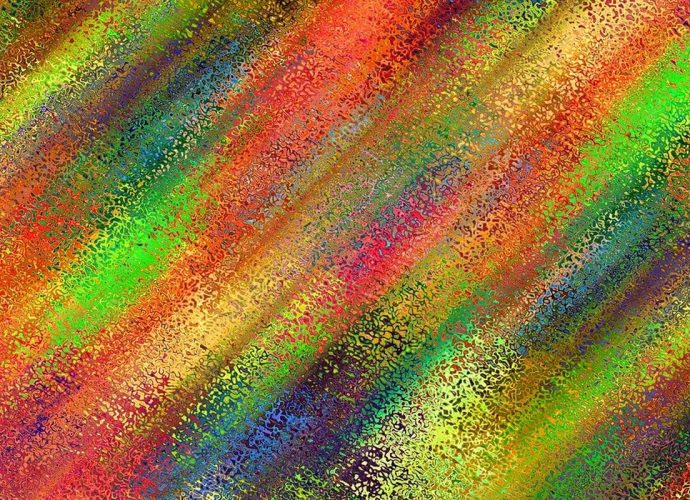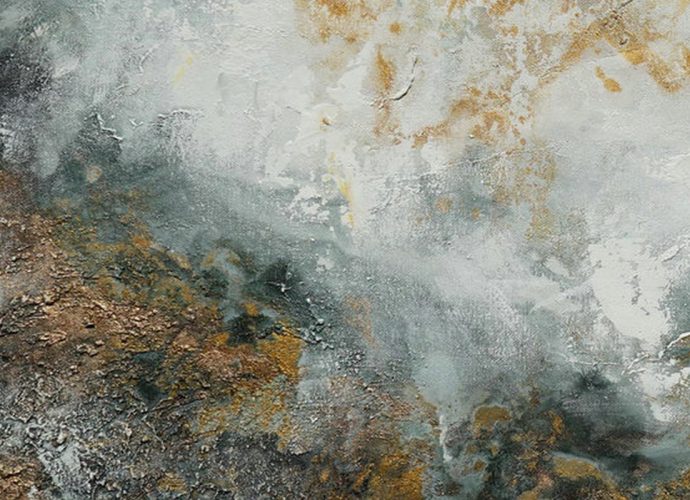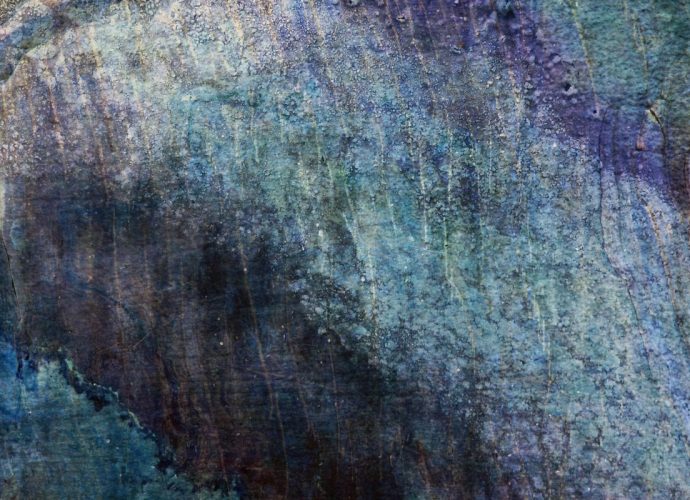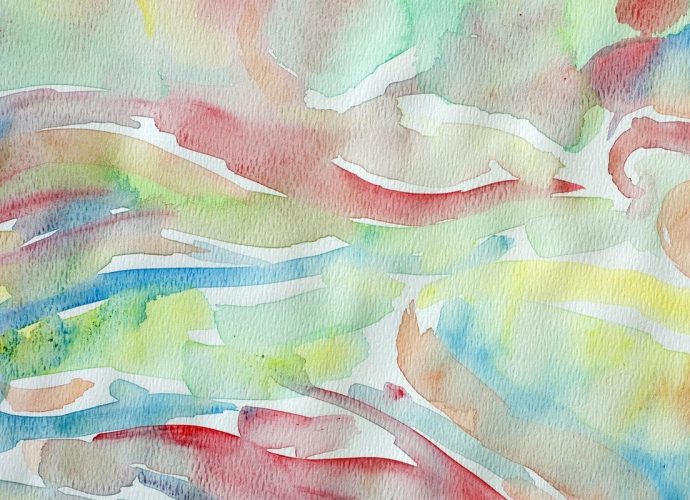What Does Demos Mean In Ancient Greek?
So the Athenian Demos was the local village, the population generally, and the assembly of citizens that governed the state. What are demos in democracy? The word ‘democracy’ has its origins in the Greek language. It combines two shorter words: ‘demos’ meaning whole citizen living within a particular city-state andRead More →









